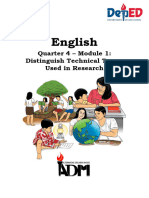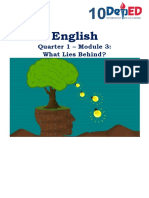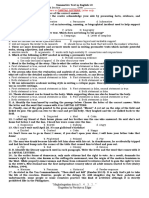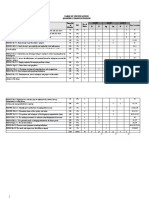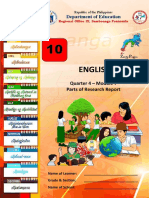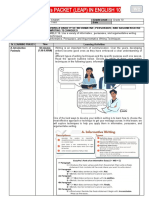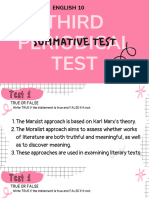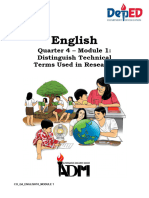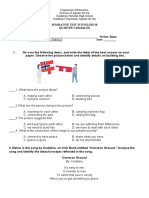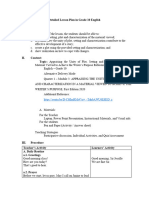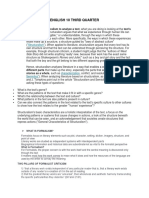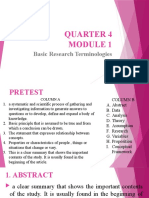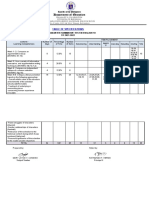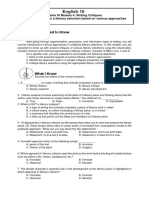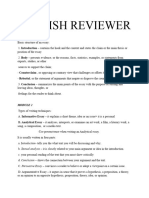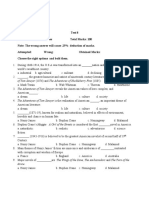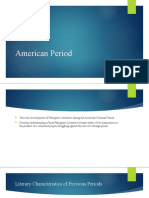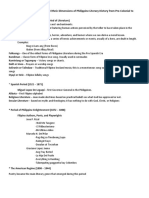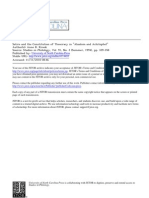0% found this document useful (0 votes)
196 views5 pagesModule 1: Compose An Argumentative Essay Pre-Assessment: Directions: Read and Comprehend Each Sentence. Choose The Letter of The Best
This document provides instructions and assessments for students on composing arguments and critiques. It includes pre-assessments with multiple choice and true/false questions to test their understanding of key concepts. It also includes exercises to practice skills like arranging scrambled words related to writing arguments and identifying characteristics of critiques. The main content covers how to apply structuralist/formalist and moralist approaches to critiquing a literary selection.
Uploaded by
mer anCopyright
© © All Rights Reserved
We take content rights seriously. If you suspect this is your content, claim it here.
Available Formats
Download as PDF, TXT or read online on Scribd
0% found this document useful (0 votes)
196 views5 pagesModule 1: Compose An Argumentative Essay Pre-Assessment: Directions: Read and Comprehend Each Sentence. Choose The Letter of The Best
This document provides instructions and assessments for students on composing arguments and critiques. It includes pre-assessments with multiple choice and true/false questions to test their understanding of key concepts. It also includes exercises to practice skills like arranging scrambled words related to writing arguments and identifying characteristics of critiques. The main content covers how to apply structuralist/formalist and moralist approaches to critiquing a literary selection.
Uploaded by
mer anCopyright
© © All Rights Reserved
We take content rights seriously. If you suspect this is your content, claim it here.
Available Formats
Download as PDF, TXT or read online on Scribd
/ 5















